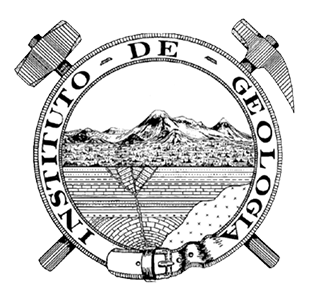Abstract
Mineralogical studies constitute one of the main tools to investigate geological processes on Mars. Here, the mineralogy of the ExoMars landing sites Oxia Planum and Mawrth Vallis is analyzed based on multispectral datasets of the CRISM Compact Reconnaissance Imaging Spectrometer for Mars of Mars Reconnaissance Orbiter, TES Thermal Emission Spectrometer of Mars Global Surveyor and OMEGA Visible and Infrared Mineralogical Mapping Spectrometer of Mars Express are integrated and interpreted. Primary and secondary minerals of carbonates, oxides, silicates and sulphates mineral groups are characterized, with most minerals produced by aqueous alteration, with 35 mineral species identified, amongst which phyllosilicates are the dominant group. Coexisting mineral types point to distinct hydrothermal and alteration stages. Our investigation supports that water must have been present on early Mars on superficial and endogenous processes, causing direct precipitation and transformations of secondary minerals, with some not usually formed simultaneously. Hence, it is likely that species may have arisen at different times, due to changes of Martian climate. Some minerals may have formed in the subsurface. The Martian palaeoenvironments might include subaerial, underwater, and shallow subsurface hydrothermal systems, cold springs, alkaline lakes, sabkhas, and playas. Our results contribute to our understanding of the planned landing sites to prepare for what the ExoMars rover mission may encounter, highlighting the impact that water may have had on the mineral genesis, alteration processes and their astrobiological potential.

This work is licensed under a Creative Commons Attribution-NonCommercial 4.0 International License.
Copyright (c) 2023 Revista Mexicana de Ciencias Geológicas












